The Grand Avenue Project continues to be an important cornerstone in downtown revitalization.”
Revitalizing Grand Avenue as the Civic and Cultural Core of Los Angeles
Revitalizing downtown LA’s Grand Avenue has been a decade-long endeavor. The Grand, a Frank Gehry-designed mixed-use mega development by Related Companies includes 209,000-sf of retail space, destination restaurants and shopping spread among a series of landscaped open terraces along with a 450-seat cinema complex and 29-story, 314-room Equinox hotel. The residential component is a 46-story tower with 436 units. Permanent and temporary public art installations throughout the site also draw in individuals visiting the nearby cultural institutions to visit and engage in the space.
During the Conceptual Design phase, DCI investigated tower core options and determined a basis for design that optimized gravity and lateral systems.
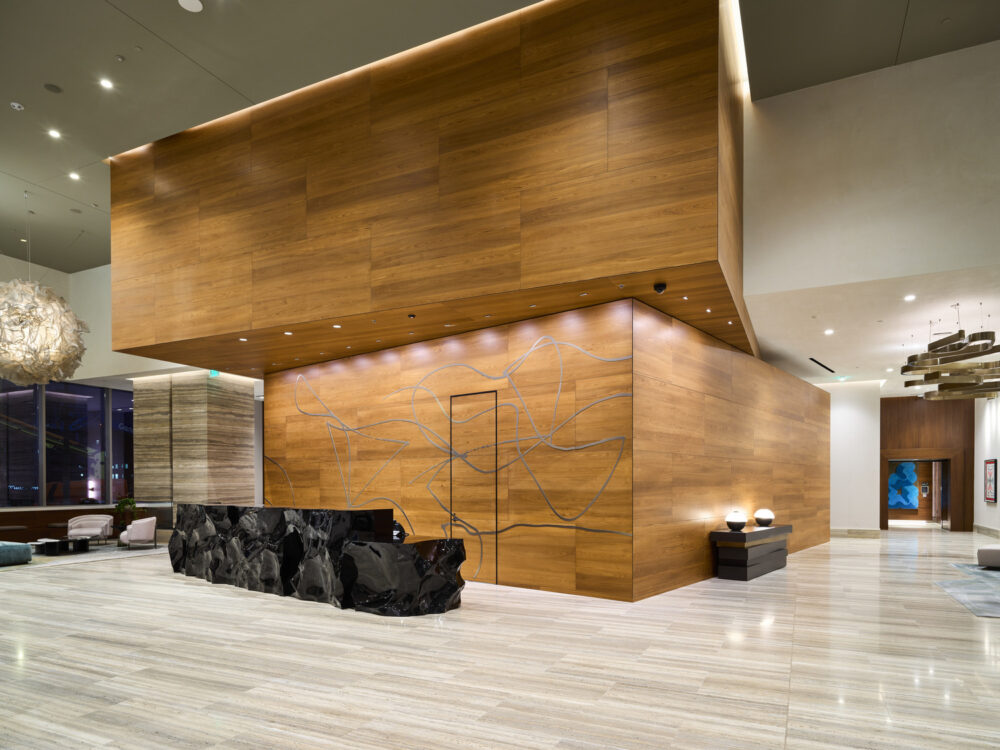
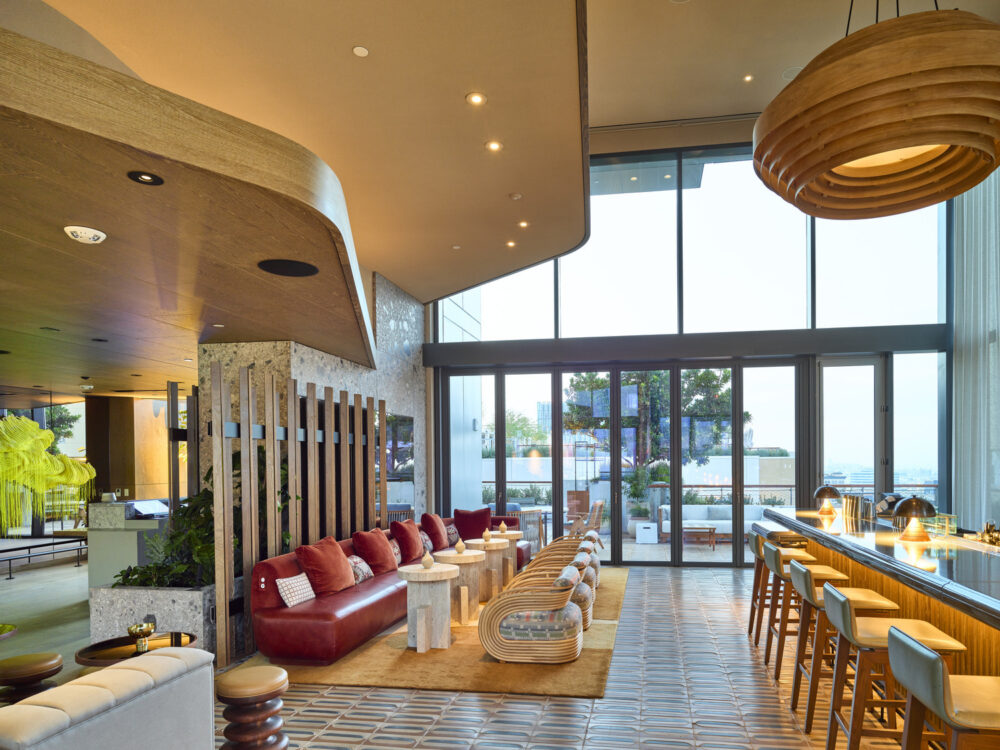
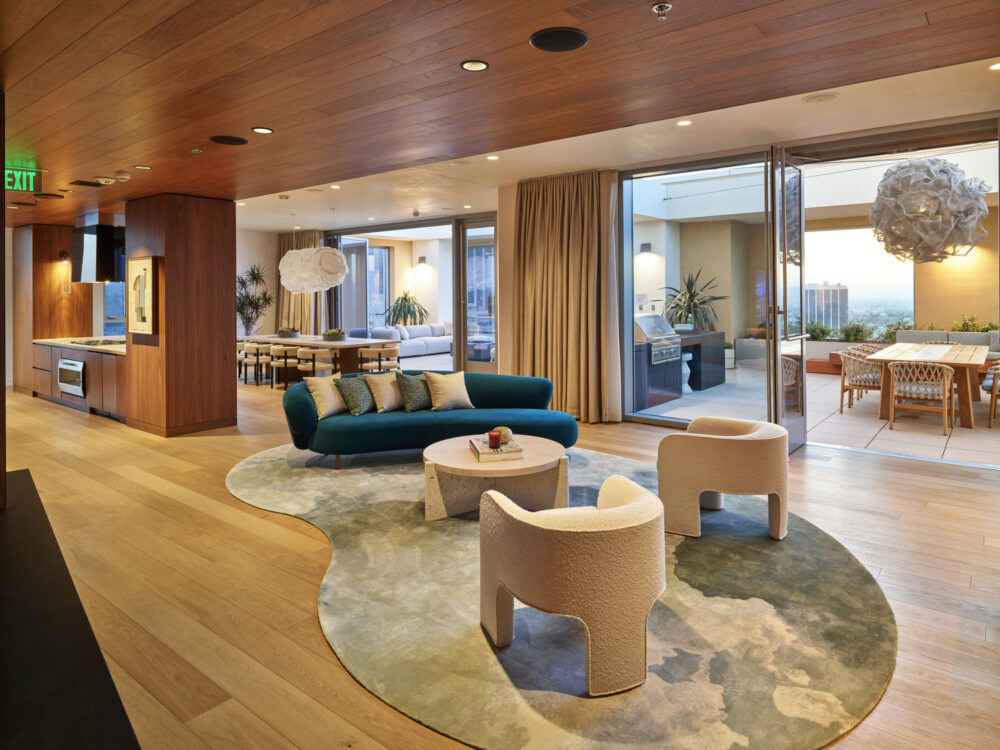
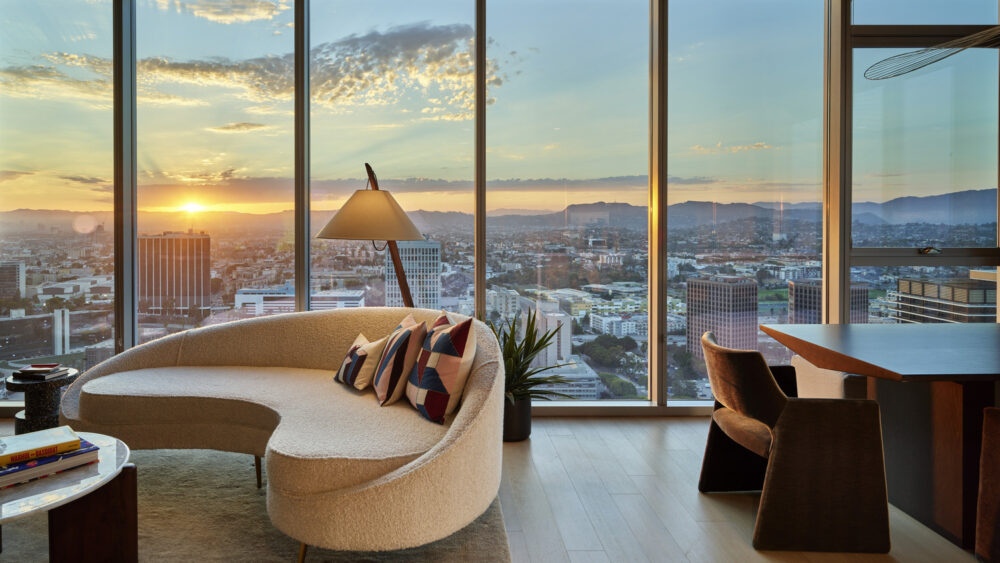

Both the residential and hotel towers were above the code prescriptive height limit for concrete shear wall buildings, which led to a Seismic Performance Based Design approach.
Seismic joints were only installed at the interfaces of the adjoining Upper Grand Avenue bridge and bridges spanning between the central platform and the towers. The project's documentation standard required the 3D model to be the primary construction document.
The project team banded together when specific programming changed from theatre space into conventional retail space.
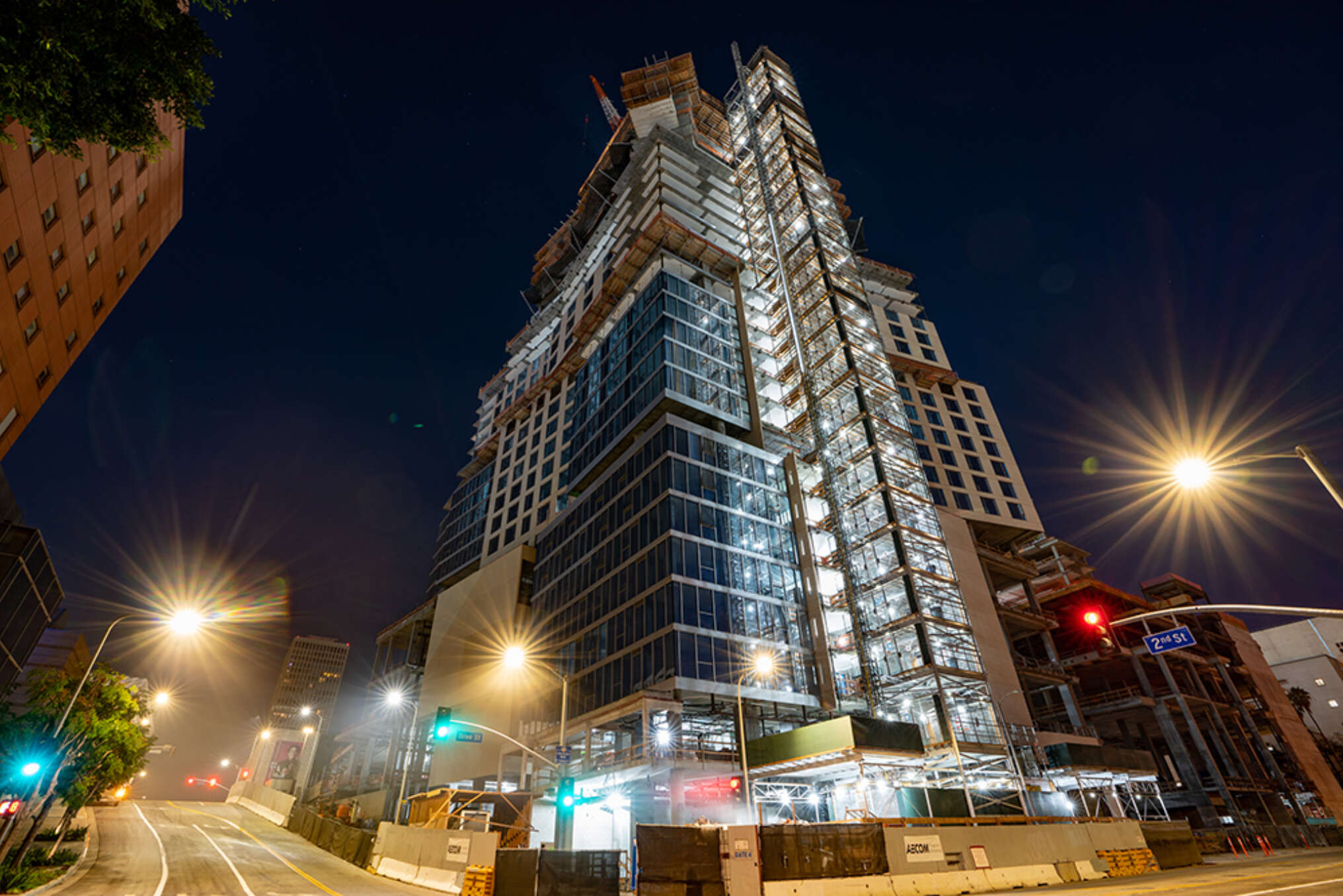

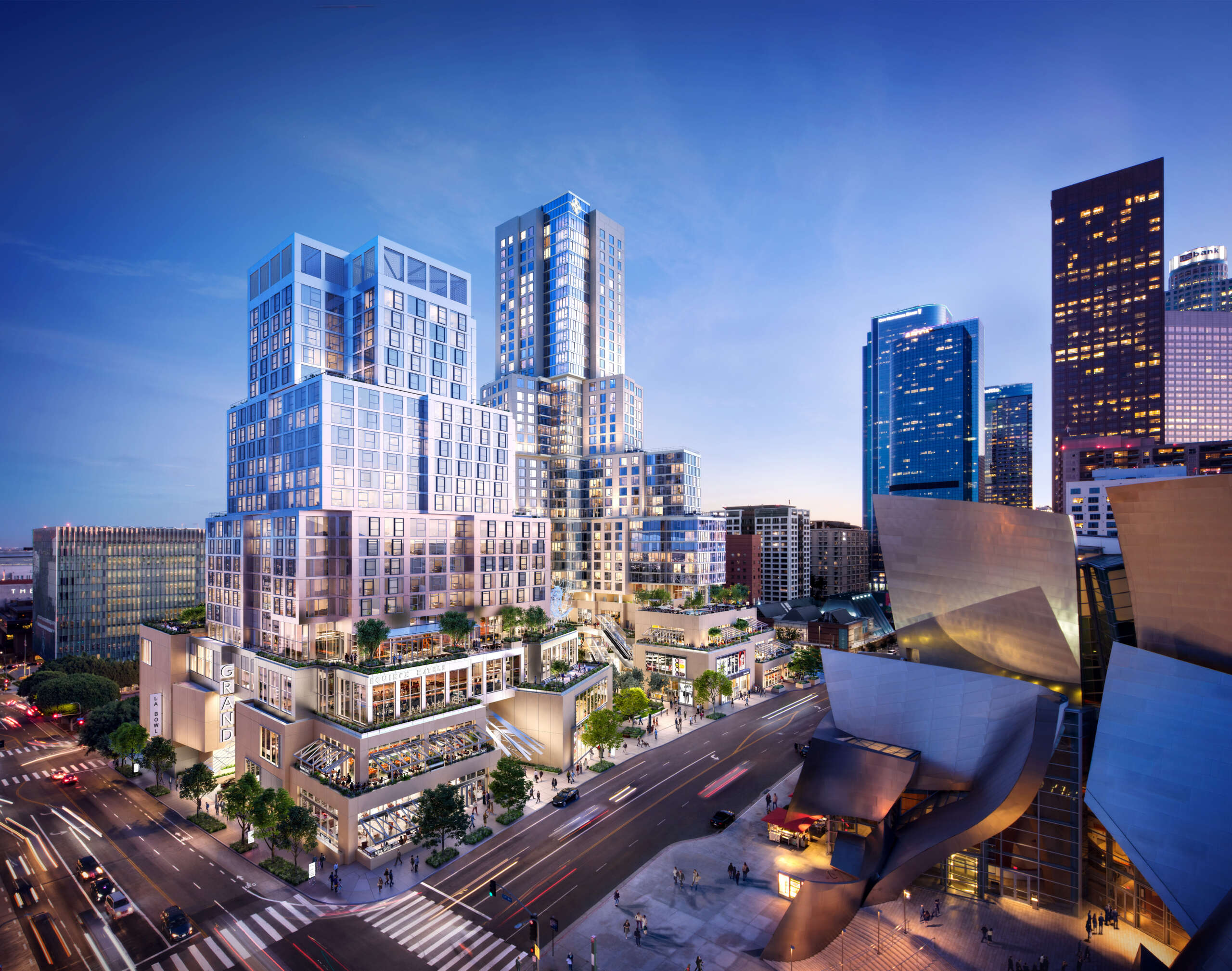
The project took 5 years to design and 3 years of construction - keeping momentum even during COVID. The project team maintained consistent interaction and quality of work while adapting to trying times. DCI conducted Seismic Performance Based Design to provide the most flexible lateral system layout for below-grade levels and to avoid back to back lateral elements built at the center of the building. Since the 3D Revit model was the primary construction document, DCI's BIM Manager reconciled clash detections in the building geometry and utilized Visicon software to overlay multiple architectural and structural models for daily updates. To achieve the stacking effect of the towers, the engineers meticulously coordinated columns to thread through each different floor plate layout, which change throughout the height of the buildings. The mild reinforced concrete slab systems for the retail levels were designed for future space planning flexibility. To modify the theatre space into retail space, DCI changed the floor systems from steel to concrete and rearranged the column layout to modify the lateral system.
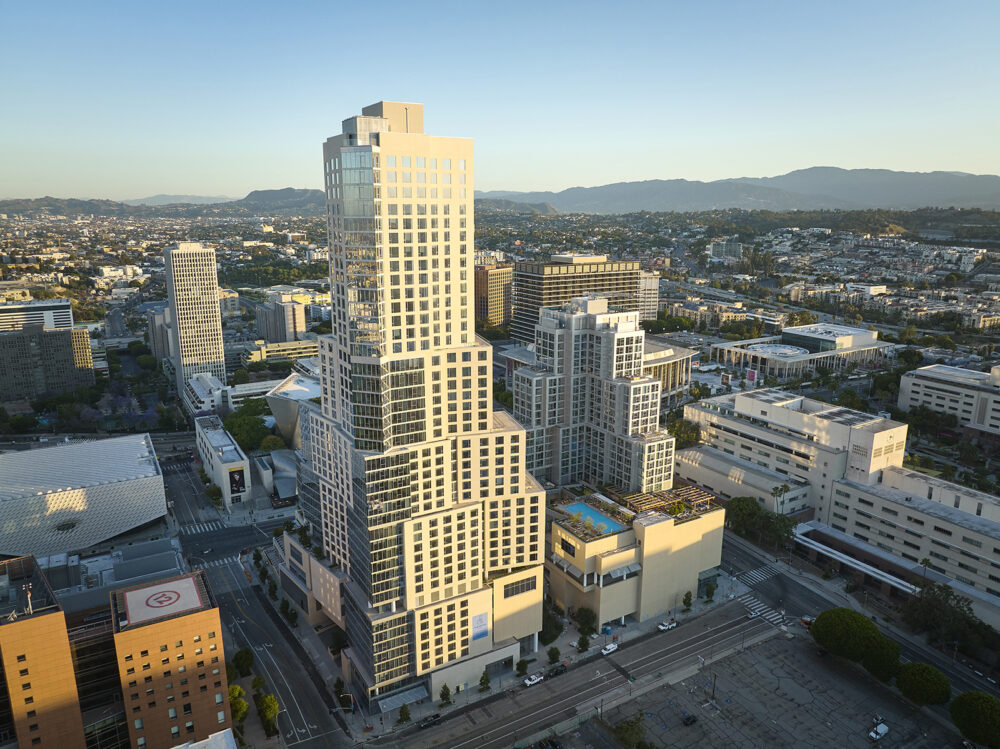
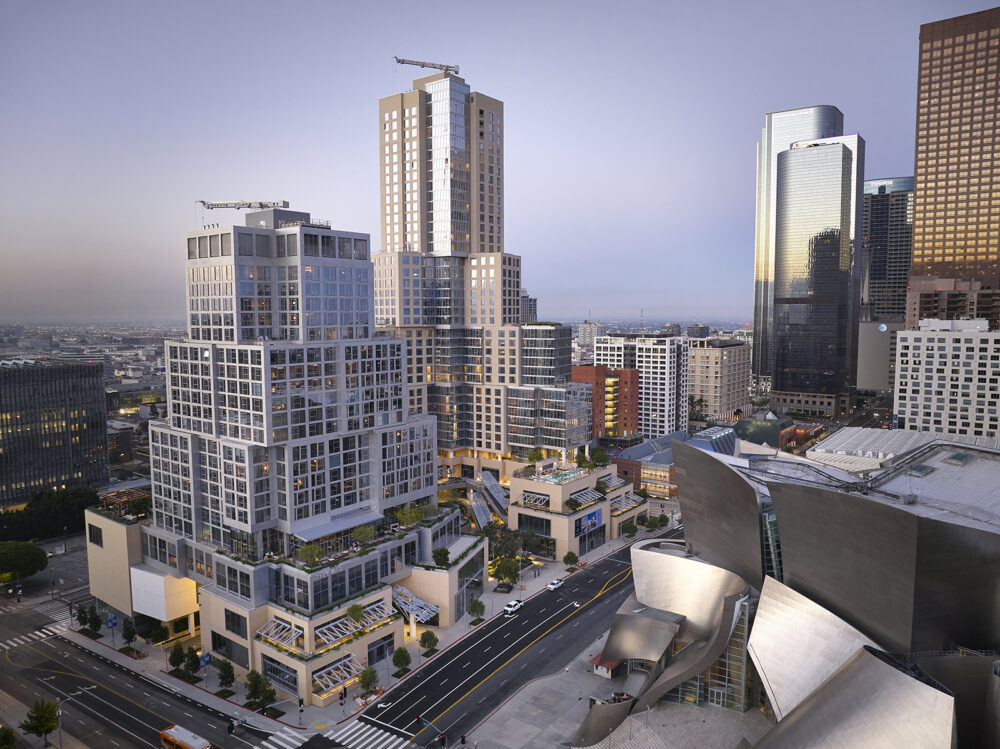
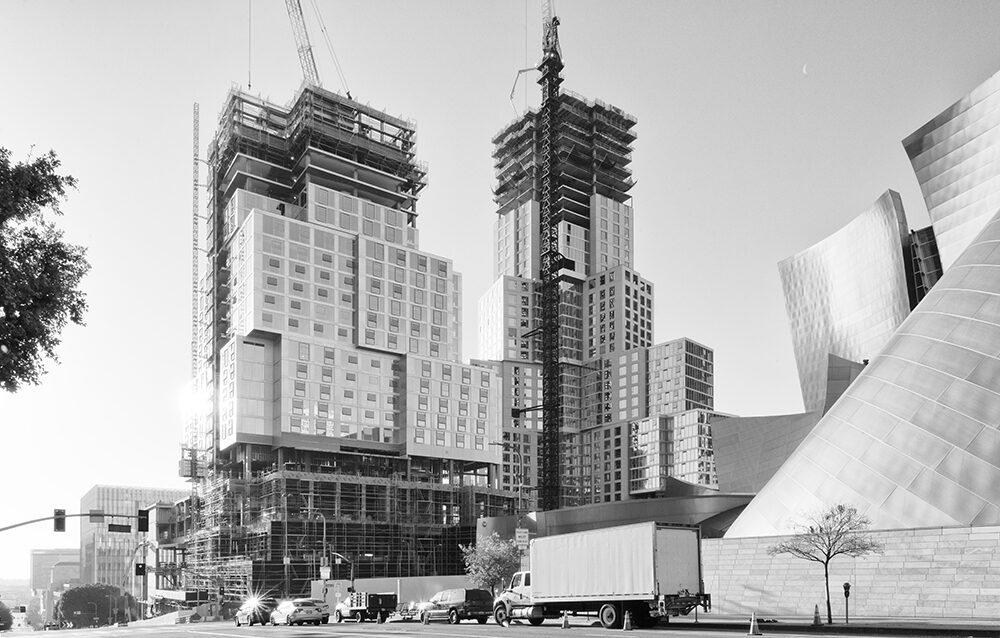
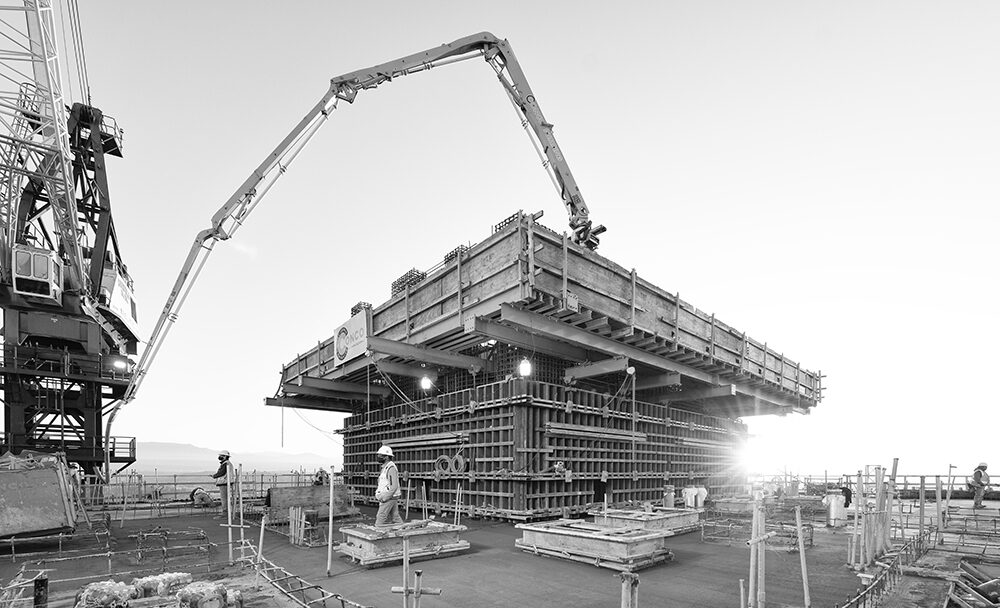
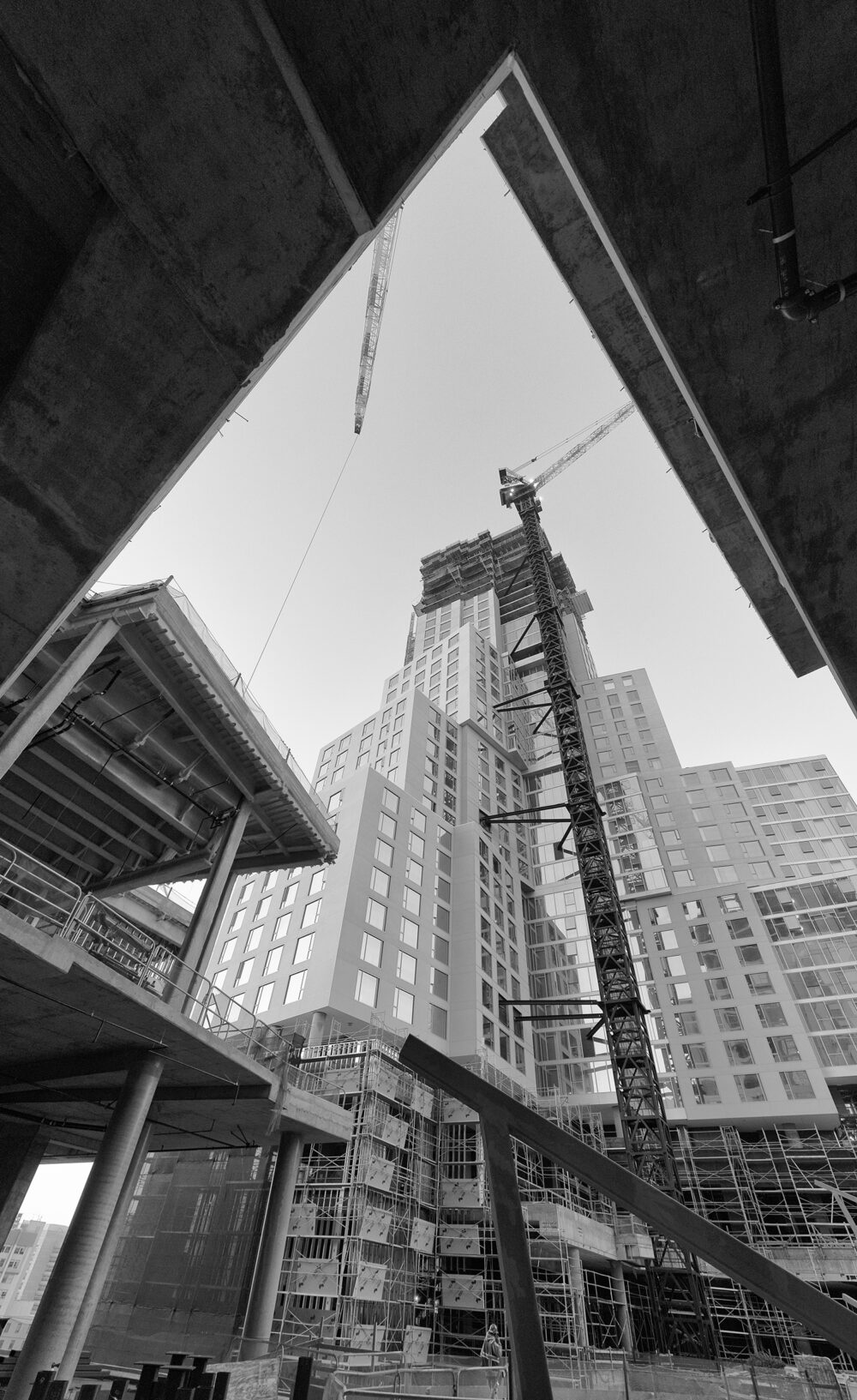
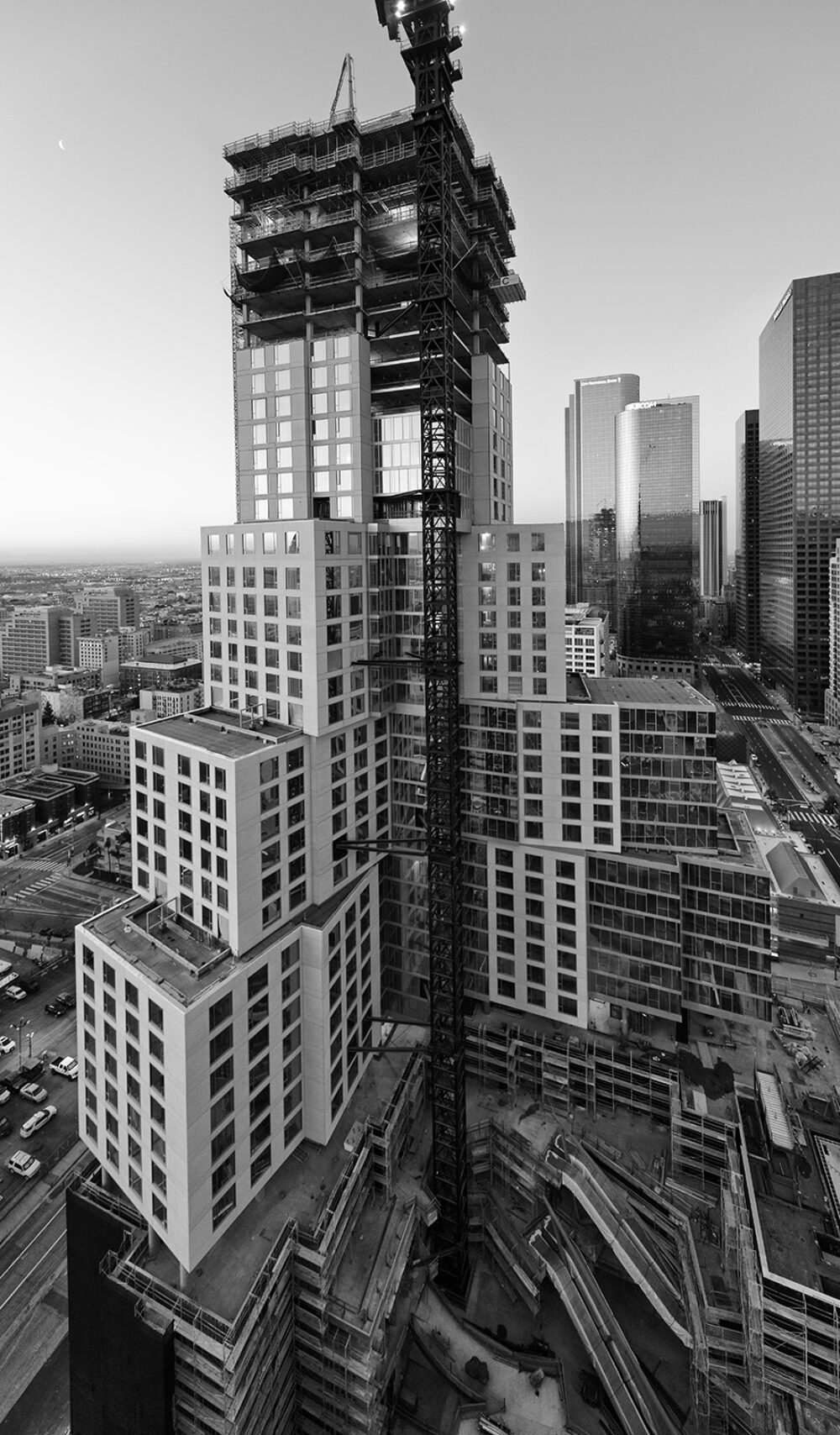
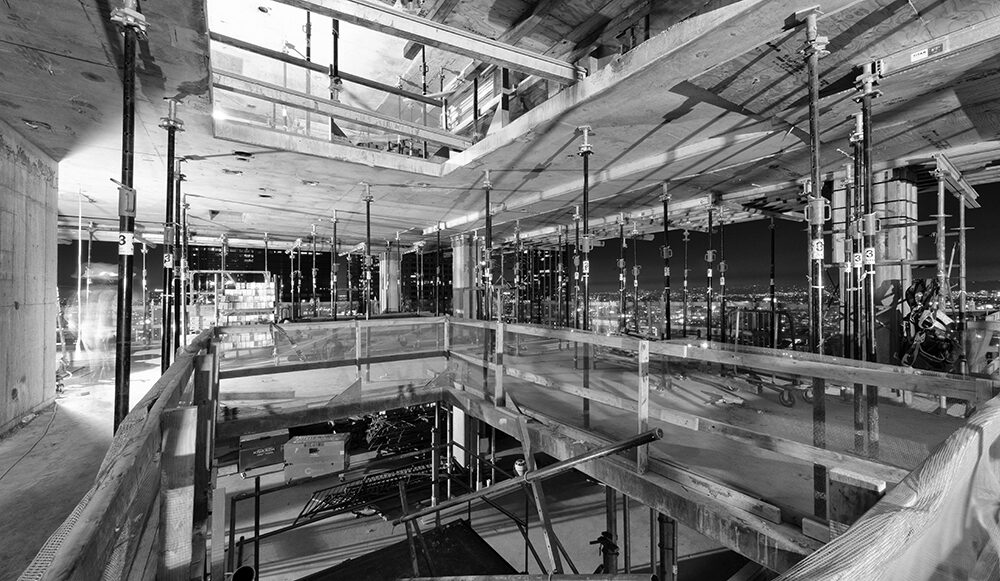
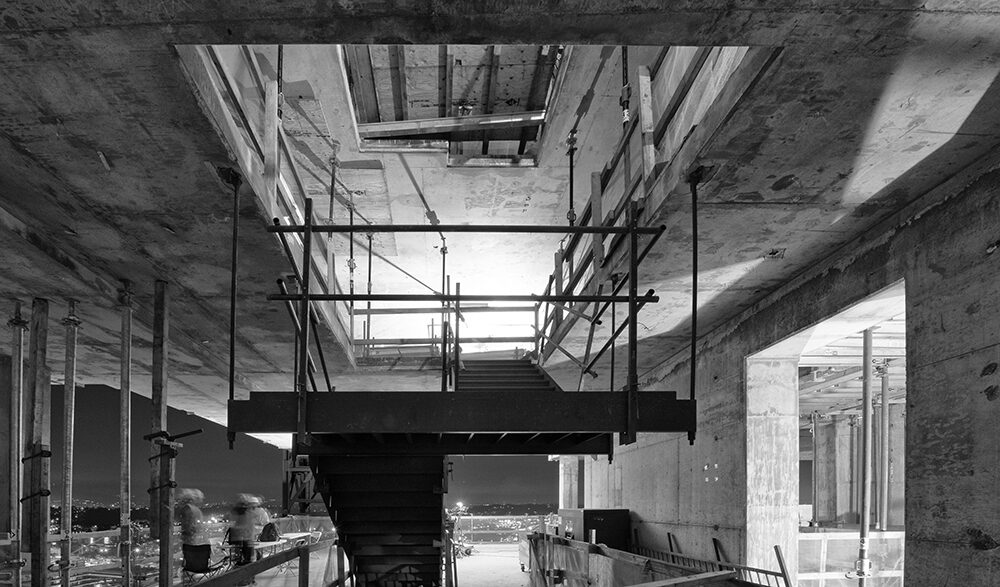

Video by Erin Spaulding, DCI Engineers